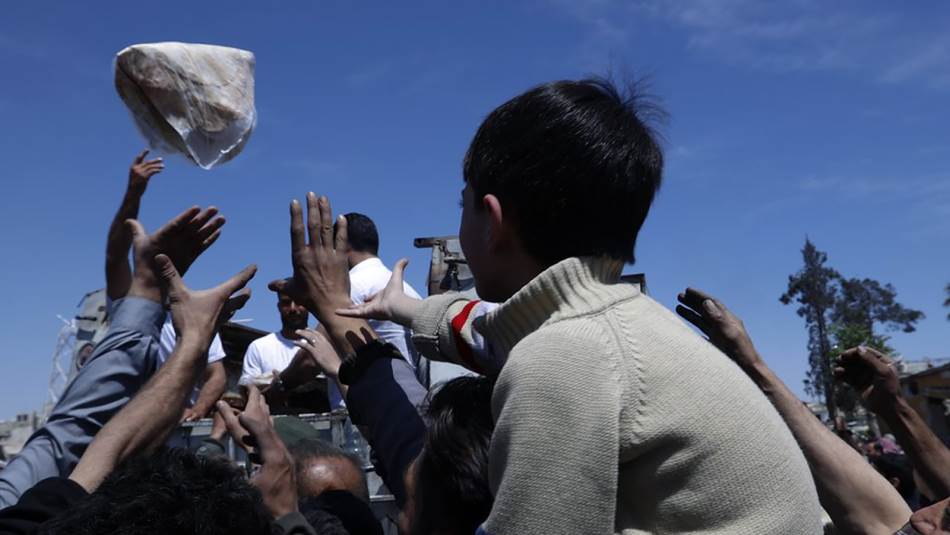On Saturday, the World Bank released two reports discussing the living conditions of Syrians both within the country and abroad, revealing that approximately a quarter of Syrians endure extreme poverty.
“The well-being of Syrian families has deteriorated over more than a decade of conflict,” stated the World Bank, highlighting that “27 percent of Syrians, roughly 5.7 million individuals, live in extreme poverty.”
The statement added, “Extreme poverty was virtually non-existent prior to the onset of the war, but it now afflicts over one in four Syrians as of 2022, potentially exacerbated and exacerbated by the devastating impacts of the February 2023 earthquake.”
What the Two Arnous Governments Have in Common: Extreme Poverty Kills 2.7 Million Syrians
The World Bank’s report attributed the decline in Syrian families’ well-being to external factors, including “the financial crisis plaguing neighbouring Lebanon since 2019, where Syrians hold a significant portion of their savings,” cautioning that “the ongoing lack of funding and limited humanitarian aid” has further eroded families’ capacity to meet their basic needs amidst soaring prices, dwindling essential services, and escalating unemployment rates.
In 2023, the Syrian Center for Policy Research released an extensive report on the consumer price index spanning from October 2020 to June 2022. Most findings closely aligned with data published by the Central Bureau of Statistics. The center emphasized its reliance on these data to monitor price fluctuations of goods and services across various regions, whether under state control or beyond.
Continuing its data releases, the center’s latest report, covering the initial four months of the current year, revealed alarming trends. April 2023’s report confirmed a staggering 76.7% annual increase in inflation (between April 2022 and April 2023), with a monthly surge of approximately 3.6%. Geographically, Tartous and Damascus countryside recorded the highest monthly inflation rates in April at 6.8% and 6%, respectively, while Hama, Damascus, Idlib, Quneitra, Deir-ez-Zor, and Aleppo saw comparatively lower rates ranging between 2.1% and 3.2%. Notably, areas under the control of the SDF experienced the highest monthly inflation rate across all goods and services at 4%, followed by northern regions under the control of multiple armed factions at 3.8%, and then areas governed by the Syrian government at 3.5%.
Journalist Ziad Ghosn, specializing in economic affairs, underscored in an article published by Athr Press that many findings underscore the necessity of addressing economic conditions nationwide, beginning with the state’s complete control over the country’s wealth and resources, investing them equitably for the development of all regions.
This article was translated and edited by The Syrian Observer. The Syrian Observer has not verified the content of this story. Responsibility for the information and views set out in this article lies entirely with the author.


